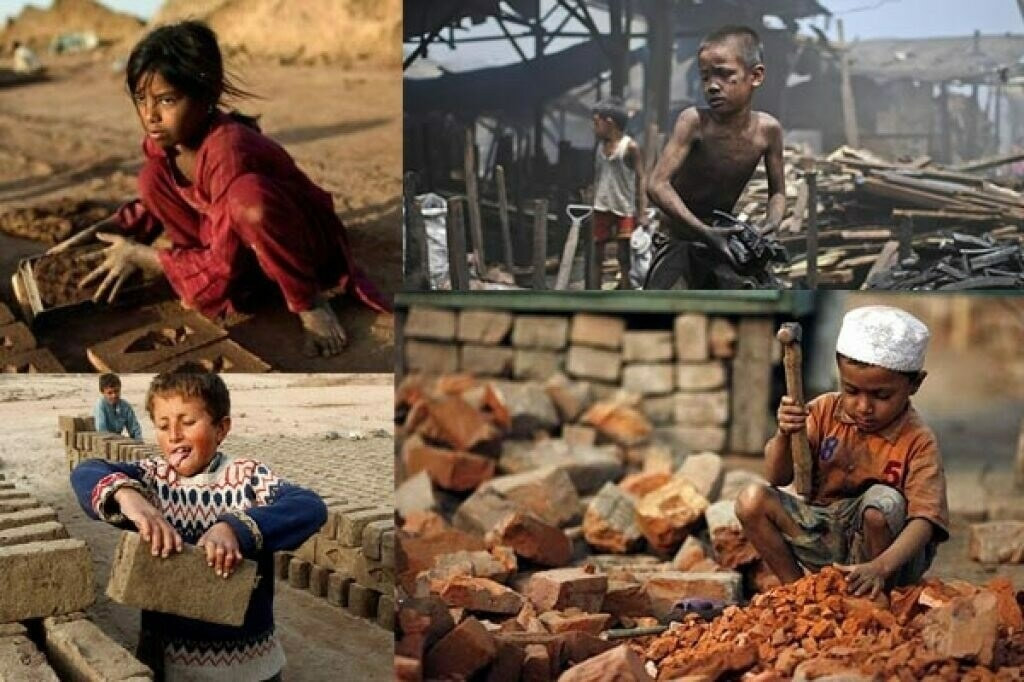14.02.2025
Education Crisis In Pakistan Leaves 26 Million Children Out Of School
Pakistan is facing a severe education crisis, with more than 26 million children out of school, according to official government figures - one of the highest rates in the world. This represents 39 per cent of all Pakistani children. Poverty is the biggest factor keeping children out of classrooms, but the problem is worsened by inadequate infrastructure and cultural barriers. And most of them are from rural areas from low-income families. The report shows up big gaps in education between the rich and poor, termed education apartheid. Pakistan spends only 1.7 per cent of its GDP on education. According to some sources, the government should allocate at least 4 per cent to improve education. As World Bank Vice-President Martin Raiser pointed out, 40 per cent of children in Pakistan have growth problems, a percentage that rises to 60 per cent in the poorest and most disadvantaged districts. Families only agreed to send their children in exchange for food rations, to compensate for the loss of household income that the children contributed. Education in Pakistan is also increasingly impacted by climate change. Frequent school closures are announced due to heavy smog, heatwaves and floods, and government schools are rarely equipped with heating or fans. Girls all across the country are less likely to go to school, but in the poorest province of Balochistan, half of girls are out of school. According to UNICEF, 70 per cent of 10-year-olds are unable to read or understand texts. Teachers note that children are forced to work to help their families.
Credit: AFP
Credit: AFP
Poverty deprives people of adequate education, health care and of life's most basic necessities- safe living conditions (including clean air and clean drinking water) and an adequate food supply. The developed (industrialized) countries today account for roughly 20 percent of the world's population but control about 80 percent of the world's wealth.
Poverty and pollution seem to operate in a vicious cycle that, so far, has been hard to break. Even in the developed nations, the gap between the rich and the poor is evident in their respective social and environmental conditions.
Poverty and pollution seem to operate in a vicious cycle that, so far, has been hard to break. Even in the developed nations, the gap between the rich and the poor is evident in their respective social and environmental conditions.














